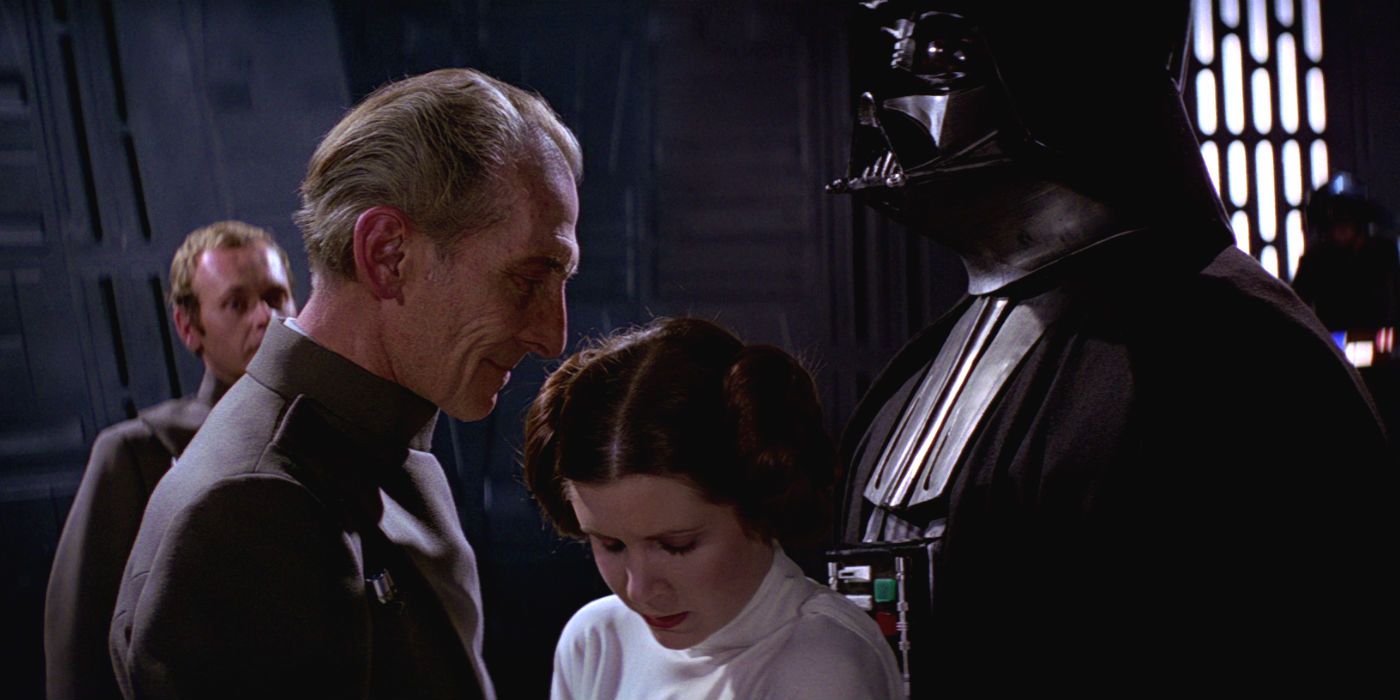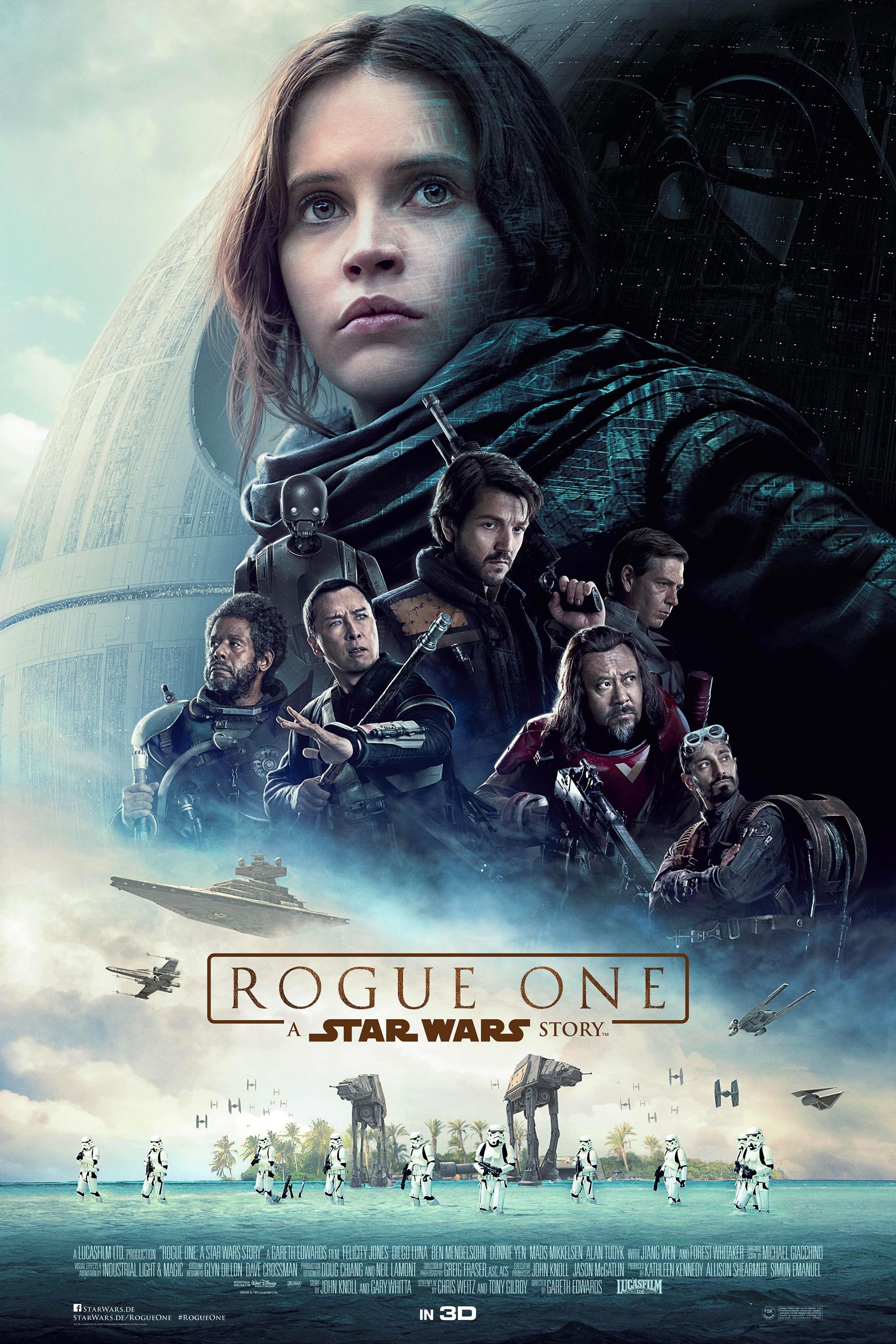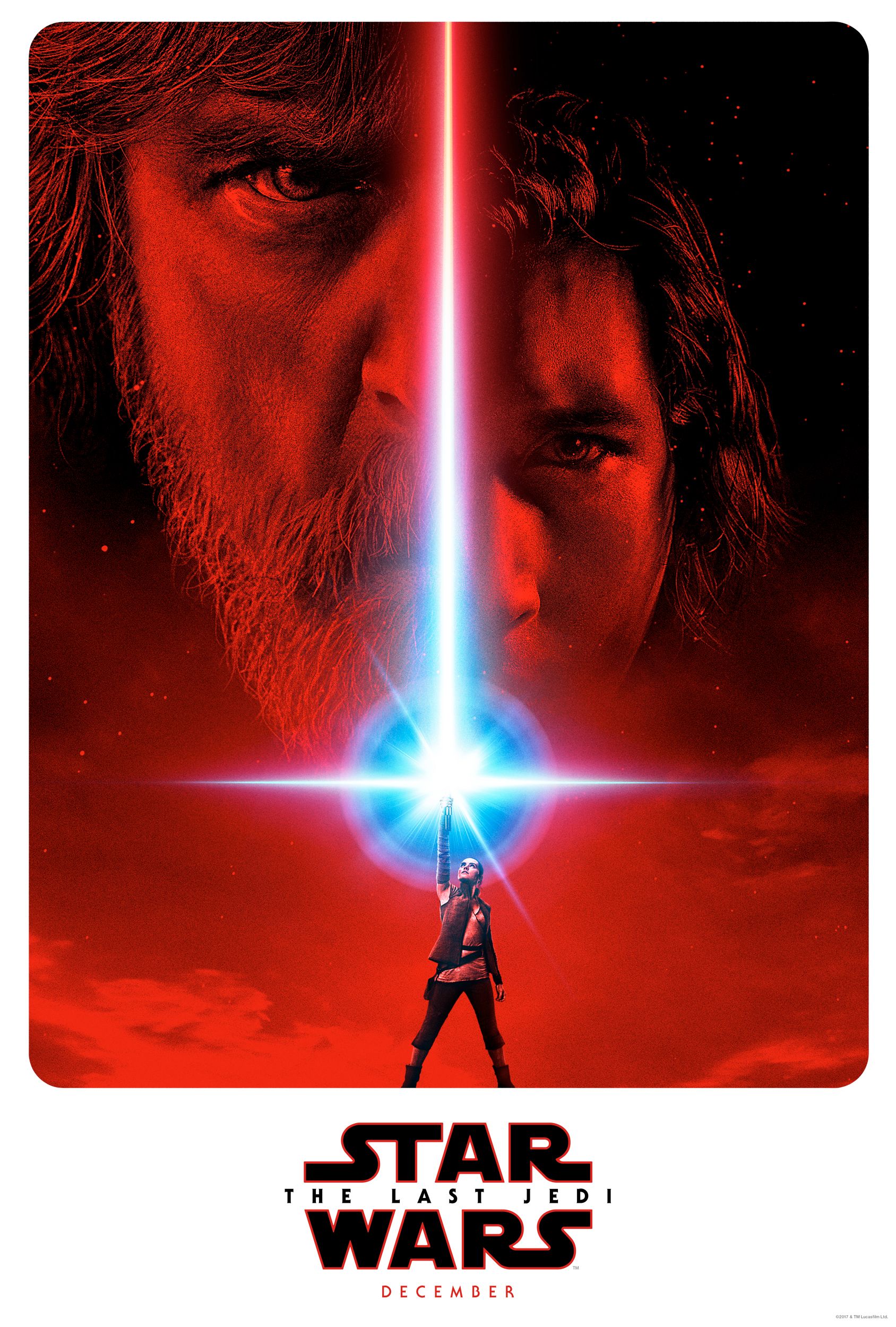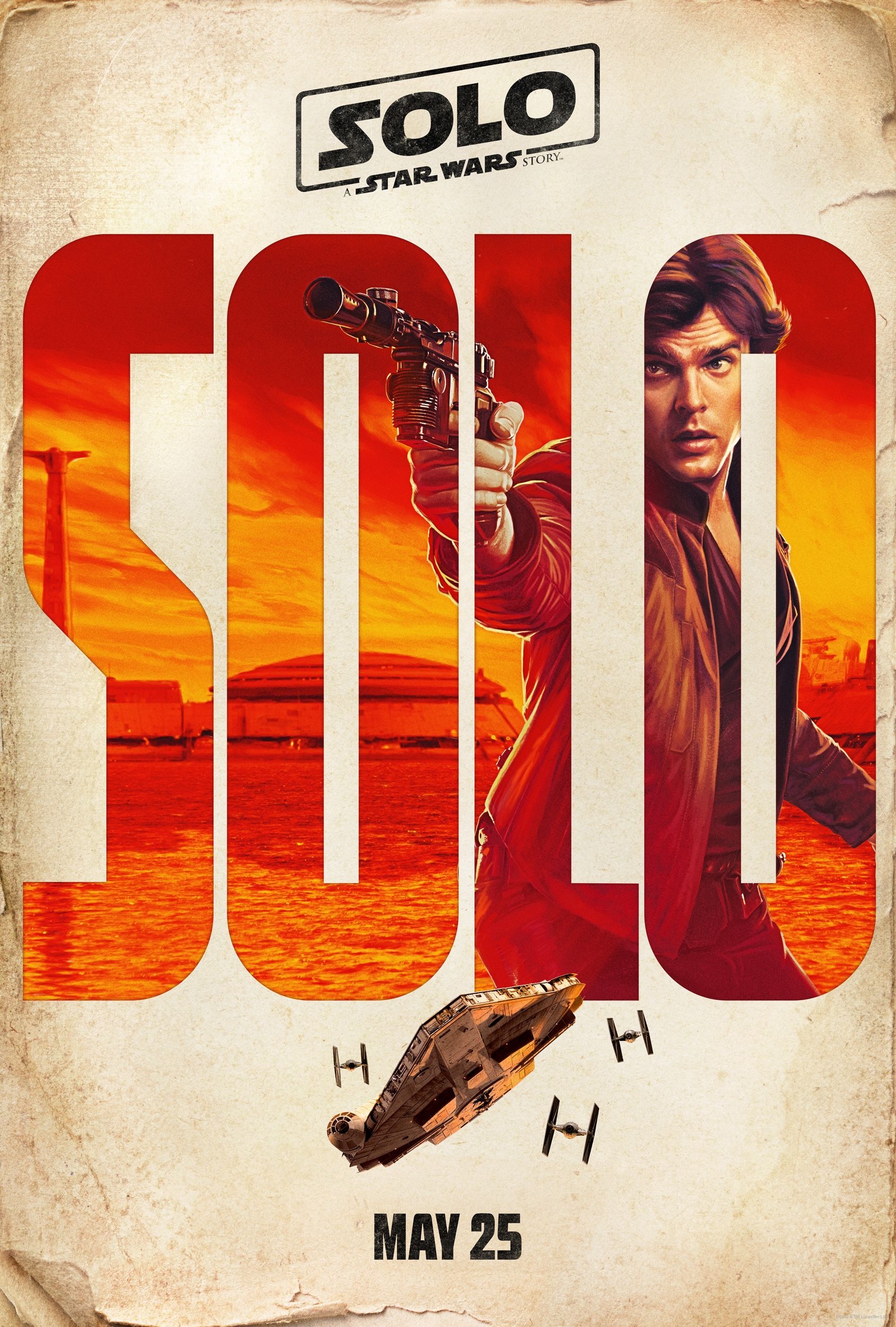Outside of Darth Vader's return to the big screen, arguably no discussion point about Rogue One: A Star Wars Story is larger than Industrial Light & Magic's controversial use of CGI to include two other original trilogy characters in the spinoff film. The visual effects company incorporated state-of-the-art digital doctoring so that Grand Moff Tarkin and Princess Leia Organa could appear in the movie as they looked in 1977's A New Hope. It was a grueling and extensive process that looked to recreate the likenesses of the late Peter Cushing (who died in 1994) and a 19-year old Carrie Fisher. After Rogue One's premiere, many have been curious to see how ILM achieved this, and some details about their methods have been revealed in the weeks since.
The topic has drawn considerable interest amongst die-hard fans and casual audiences alike, and Rogue One's special effects are now the subject of a piece on the ABC news package Nightline. Following a brief tease yesterday, the network has now posted the full package online. You can watch it above.
In it, reporter Clayton Sandell visits ILM headquarters to interview various employees who worked on Rogue One, including Chief Creative Officer John Knoll and members of his team. Knoll reiterated previous statements he's made about why Tarkin and Leia were part of the narrative (the nature of Rogue One's story made it a necessity they be there) and also touched on the challenges they faced creating photorealistic digital humans. It remains one of the most arduous tasks even with all the modern technology, since people can easily spot anything "off" about an artificial face. This is apparent by the great lengths ILM went through to put Cushing's likeness over actor Guy Henry, which included going frame-by-frame to ensure Henry's performance matched up with Cushing's from the original film, making small adjustments daily. It took 18 months to complete.
The Nightline piece also explores the ethical dilemma this process raises, with Knoll once again saying the team handled the work with "affection and care." To him, this isn't like the infamous chocolate commercial that brought back Audrey Hepburn. He feels that if Cushing were alive today, this is a role he would have been "excited and happy to play." While we'll never know that for sure, it is true that ILM did not have anything nefarious in mind when they moved ahead with CGI Tarkin and were simply doing it because it served the story they were telling with Rogue One. Knoll has mentioned in the past that he does not expect this to become the norm in the industry, since it takes a considerable amount of time and effort to do (as evident by the report).
Lastly, in what should make many a Star Wars fan happy, it's revealed at the end of the package that Fisher not only gave ILM her blessing to digitally insert her younger self in Rogue One, she was able to see the end result prior to her death and "loved it." According to Knoll, Fisher was very much involved with the process, which is a nice anecdote to hear. It's clear ILM wanted to make sure they did this the "right" way, and it's safe to say they were successful in all regards.
Source: ABC News




